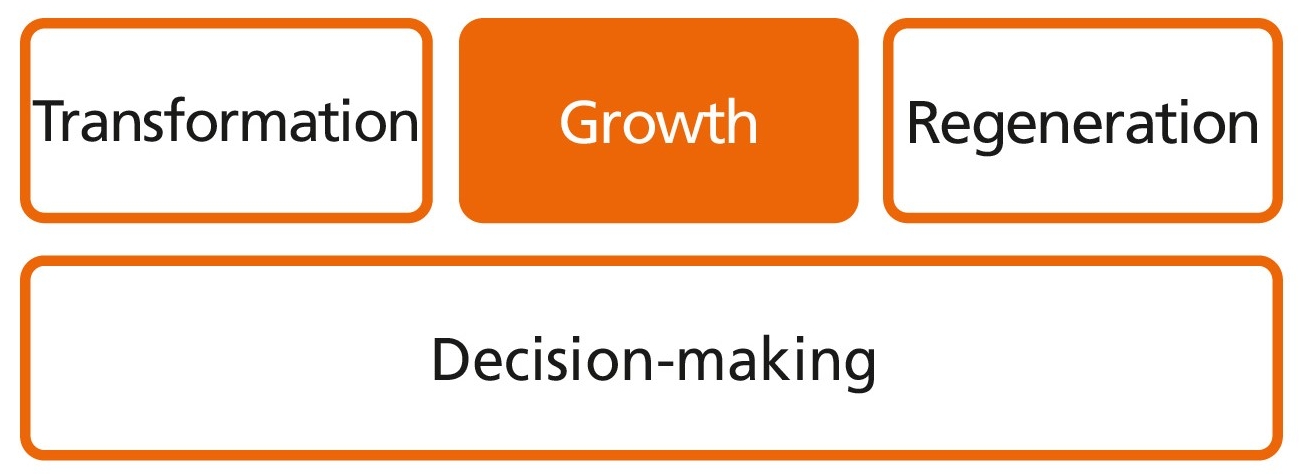What is the challenge?
Research and development processes around product development include market and target group analysis, creation of specifications and target cost and price definition, or implementation and testing phases. The challenge lies in the nature of product development itself, which can be characterized by many uncertain variables and high investment risk. However, increasing market dynamics require fast and successful product development. To align this as optimally as possible with the customer, co-creation with (industrial) customers is also playing an increasingly important role in product development. This brings its own challenges in knowledge transfer and interpretative uncertainty (e.g. different expertise, culturally induced misunderstandings, local distribution of partners).



